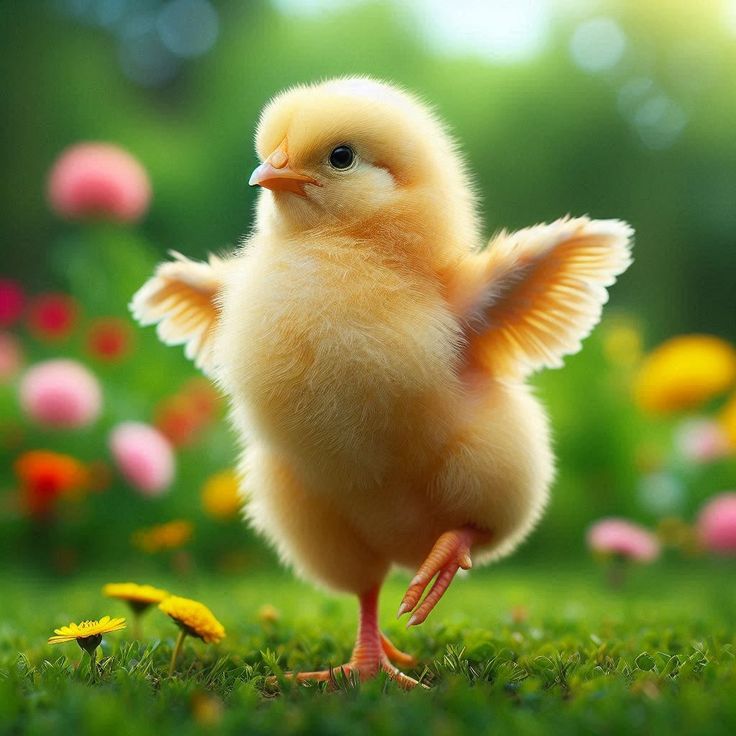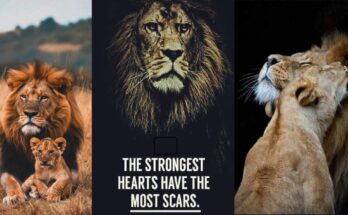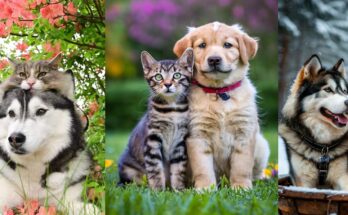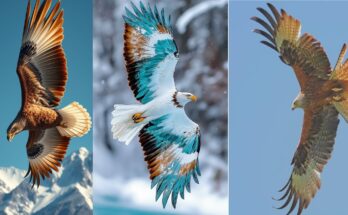
In the vivid imagination of artists and dreamers, sometimes the most charming scenes are born not from grandeur or complexity, but from simplicity. A single chick—tiny, yellow, impossibly fluffy—sitting peacefully in a sun-drenched field of daisies can stir more joy than a thousand dramatic vistas. This image, rendered in hyper-cute cartoon realism, captures the childlike wonder, purity, and softness that resonates across cultures, ages, and creative mediums.
Let us explore the story, symbolism, and artistic depth of this irresistible little icon: the fluffy yellow chick in a field of daisies.
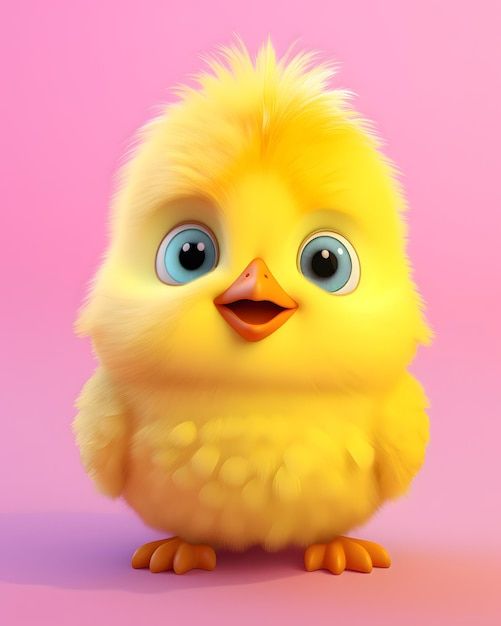

The Chick as a Universal Symbol
A baby chick has long stood as a symbol of innocence, renewal, and new beginnings. Emerging from an egg into the wide world, it represents the miracle of life in its earliest, most vulnerable stage. Its soft down, tiny beak, and endearing movements make it the very essence of what many call “kawaii” in Japanese culture—the art of adorability.
In art, storytelling, and even marketing, the chick is a frequent protagonist. Why? Because it evokes empathy without effort. Its very being triggers a protective instinct, a desire to nurture and shield. It’s a blank slate, a pure character that feels untouched by the world’s complexities—ideal for stories about discovery, hope, and first experiences.
Now imagine placing this chick in a field of daisies.


Daisies: Nature’s Innocent Bloom
Daisies are often considered one of the most joyful and approachable flowers. Their structure is simple—a golden disc at the center, surrounded by white petals—yet their symbolic power is rich. Daisies represent:
- Childhood
- Purity
- Loyalty
- Joy
The pairing of a baby chick with daisies creates an emotional resonance that’s gentle and deeply nostalgic. It recalls spring days, Easter celebrations, storybook illustrations, and the untainted beauty of nature.
And then comes the magic touch—hyper-cute cartoon realism.

The Style: Hyper-Cute Cartoon Realism
Hyper-cute cartoon realism is a hybrid style that merges two artistic extremes:
- Cartoon exaggeration: Oversized eyes, exaggerated expressions, rounded shapes, and emotional clarity.
- Realistic detail: Fine textures, lighting effects, accurate shading, and spatial depth.
The result? An image that feels both fantastical and believable. It’s a world you want to reach out and touch, yet one that exists in a dreamlike state.
Our fluffy yellow chick, imagined in this style, may have:
- Big, glossy, tear-shaped eyes that shimmer with sunlight.
- Exaggerated fluffiness, with individual feathers rendered so delicately they look cloud-soft.
- Tiny, bright-orange feet nestled in soft grass.
- Subtle shading on its downy coat that gives it warmth and tangibility.
- An expressive face—wide-eyed, curious, and glowing with wonder.
And in the background? A golden field dotted with blooming daisies, each petal painted with gentle gradients, basking in the warm light of an eternal afternoon.
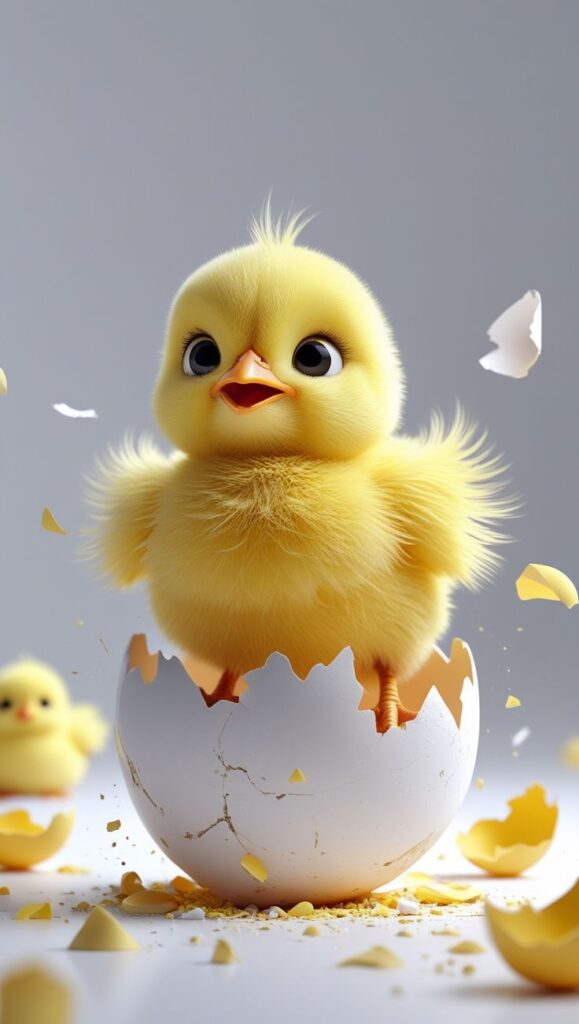
The Setting: Sunshine and Serenity
Sunshine in this composition isn’t just a lighting choice—it’s a narrative device. It sets the mood, casting golden hues that symbolize happiness, safety, and optimism. The light reflects off the chick’s fluff, adding a halo effect that frames it in innocence. Sunbeams filter through the petals, casting playful shadows and creating a sense of movement in a still scene.
There are no predators here, no storms on the horizon. The world this chick inhabits is gentle, timeless, and joyful. It’s a visual lullaby.


Character Design: The Chick’s Emotional Range
In hyper-cute cartoon realism, emotion is everything. Our chick might have several expressions throughout a story or series:
- Wonder: Eyes wide open, beak slightly parted as it gazes at a butterfly.
- Contentment: Nestled in a patch of daisies, eyes half-closed in peaceful bliss.
- Playfulness: One wing raised as if waving or reaching for a passing bumblebee.
- Shyness: Head slightly turned, feet tucked under, peeking from behind a daisy.
These emotions can be expressed with tiny adjustments—a tilt of the head, a blush on the cheeks, a subtle line around the eyes. It’s in these nuanced details that the character comes alive.

The Psychology of Cuteness
So why does this image resonate so deeply?
It all comes down to the science of cuteness. Studies show that “cute” stimuli—large eyes, small size, softness—activate nurturing behaviors and the release of dopamine in our brains. This image leverages all of those features:
- Proportion: The chick’s head is large compared to its body, creating a juvenile look.
- Texture: Fluff and softness are visual cues for vulnerability and warmth.
- Color: Bright yellows and whites evoke sunlight, spring, and cleanliness.
- Environment: Open spaces with flowers and light convey safety and positivity.
The result is a psychological balm—something soothing to the soul.
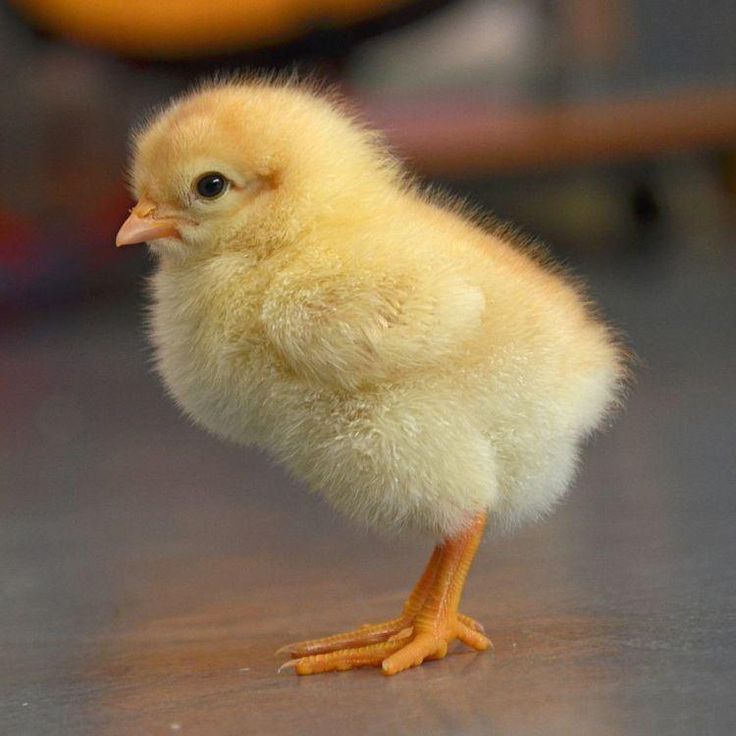
Cultural Influences and Media Use
This kind of character is not just art—it’s also a global design language.
- In Japan, similar characters are seen in Sanrio franchises (like Hello Kitty’s world), where minimalism meets emotional clarity.
- In children’s books, characters like the chick embody the role of the curious explorer—ideal for preschool storytelling.
- In branding, hyper-cute animals often appear on packaging, in mascots, or as emoticons because of their instant likeability.
And in the era of digital art and animation, this chick could easily become:
- A mobile game character (tap to make it chirp!)
- A sticker for messaging apps
- An animated GIF used to convey joy or shyness
- A plush toy sold in gift shops or online boutiques
The possibilities are endless, all rooted in the powerful simplicity of a fluffy chick in a daisy field.
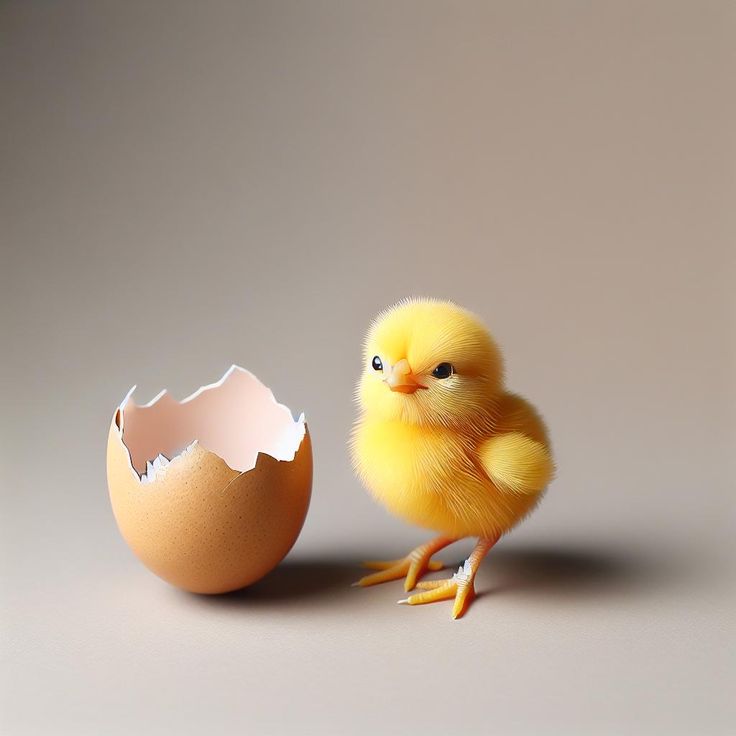
Expanding the Scene: World-Building Potential
While this article focuses on a single moment—the chick in the field—artists and writers often expand such visuals into full worlds. Imagine:
- Friends: A shy bunny, a sleepy hedgehog, a curious caterpillar.
- Seasons: The same chick under autumn leaves, or gazing at snowflakes in winter.
- Storylines: The chick’s first adventure beyond the daisy field, meeting others, discovering new flowers, or searching for its nest.
Each story maintains the core theme of gentle exploration and emotional warmth, making it suitable for all audiences, especially children or those seeking cozy, heartwarming media.


Creating Your Own Fluffy Chick Scene
Want to draw or write your own version of this charming image? Here are a few creative tips:
For Artists:
- Use warm, saturated yellows and soft whites for the chick.
- Focus on rounded shapes—nothing sharp or aggressive.
- Use soft-edge brushes for fluff and light blooms of sunlight.
- Add reflections and gloss to the eyes to enhance emotion.
- Use a shallow depth of field for realism: crisp foreground, blurred background.
For Writers:
- Describe textures—soft feathers, cool grass, smooth petals.
- Emphasize sensory details: the scent of daisies, the warmth of sun, the chirp of birds.
- Build emotion with subtle internal monologue or reactions.
- Keep the tone gentle, playful, and innocent.

Conclusion: A Chick Worth Celebrating
In a noisy, fast-paced world, the image of a fluffy yellow chick in a field of daisies reminds us of something precious: the beauty of slowness, sincerity, and simplicity. It’s a visual poem to childhood wonder and a balm to the overstimulated adult mind.
Rendered in hyper-cute cartoon realism, it transcends mere cuteness to become a universal language of peace, innocence, and joy. Whether it’s framed as a piece of art, animated as a digital character, or written into a bedtime story, this tiny chick has the power to make hearts flutter and smiles bloom.
So next time you see a baby animal, a patch of daisies, or a warm beam of sunlight—think of our fluffy friend. Somewhere, in a world made of color and calm, it’s sitting quietly, eyes wide with wonder, feathers soft as clouds, and heart open to the gentle magic all around.


